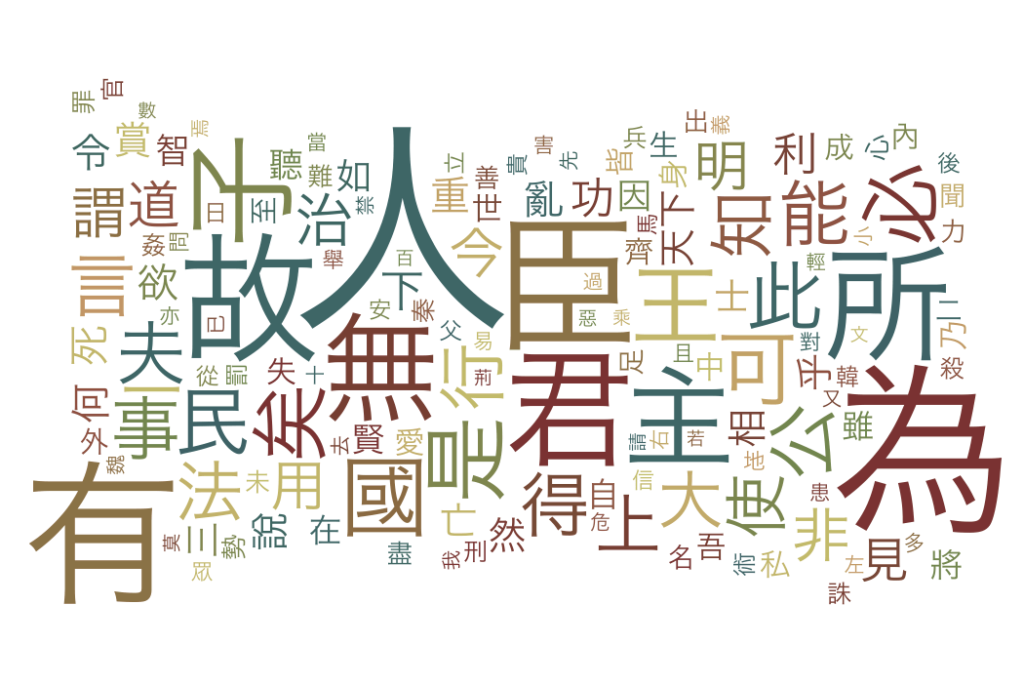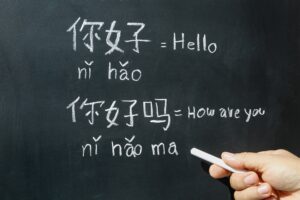
Common misconceptions about the Chinese language
Well, it’s actually not that bad with the Chinese language and chinese translator! This article should help dispel some of the most serious misconceptions.
1. Chinese has no grammar
Not entirely true. Indeed, there is no inflection in the Chinese language. For example, in German: kommen – kam – kommst – kommt – käme – komme, and in Chinese everything is expressed with lai (?)! But, of course, you can also tell in Chinese whether a dog bites a person (gou yao ren) or vice versa (ren yao gou)! As you might expect, it just depends on the order of the words in the sentence.
2. The Chinese language has no temporary forms; past and present are all one!
Not entirely true. Indeed, the past can sometimes be recognized only because there is a word in the text – an indicator of time, for example “yesterday” (zuo tian). However, there is also a construction, which is formed according to the type of grammatical temporal form perfect in German using the verb haben: wo mei you shou dao ta de xin, cf. with him. ich habe ihren Brief nicht gekriegt – I have not received your letter. Here the syllable you is the Chinese translation of the auxiliary verb haben; lit .: Ich nicht haben bekommen-dahin ihr’s Brief.
3. Everything sounds like “ching, chang, chung”! There are very few words in the language. It’s a kind of childish language!
In fact, only a little over 400 syllables are distinguished in Chinese. Since we are talking about a “tonal language” (depending on the change in pitch, the same word can have different meanings here), the number of syllables increases to 1700. Contrary to popular belief, Chinese words only rarely consist of one syllable. ; most are compound words like the German Eisenbahnwagen (railway carriage). For example: Diannao – lit. The “electric brain” is a computer. All this gives an infinite number of possible combinations. Therefore, the Chinese vocabulary does not need to hide behind German.
4. Communication using such a small number of syllables will inevitably lead to misunderstandings!
In writing, individual words are still clearly distinguishable. For example, the syllable ji (pronounced dsjih). The difference cannot be distinguished by ear, even in the register of the voice. When listening to a pronounced sentence, the meaning of an individual syllable comes from the context. It functions like SMS-communication, where the keyboard shortcuts on a mobile phone are not always unambiguous: for clarity, we type the word Jagd (hunting) on the keyboard, and then press “*” several times. The words Laie, Lage, Läge, jage will appear one after another. For example, in the sentence: Ich bin auf dem Gebiet ein blutiger … (In this area I am complete … ”- it is clear what word is meant, namely Laie (layman).
5. Why only the Chinese suffer with their 50 thousand characters, instead of using the letters of the German alphabet, which is so simple?
If you ask the Chinese people this question, most of them will answer: “But the Chinese letter is beautiful!” Does beauty justify such suffering? Keep in mind that writing is also practical! It really is!
First, it removes the ambiguities that I described in the fourth paragraph.
Secondly, not all Chinese speak the same Chinese language, but the characters are the same (almost) for all Chinese dialects.
Third, the Chinese script is not much more difficult than the Latin alphabet! To understand this, it is necessary to realize that this, of course, has nothing to do with the study of the pitiful 59 letters of the German alphabet. And this is obvious if you try to read the text written in mirror writing. The letters are easily recognized in the mirror image. However, reading is no longer so easy. And this is because we, readers of the ZEIT newspaper, do not just keep individual letters in our heads, but an infinite number of words and text fragments. Therefore, in a split second, we recognize even long words. We have acquired this ability as a result of many years of exercise; we do not use it when reading mirrored inscriptions.
And fourth: the Chinese do not know all 50 thousand hieroglyphs at all. I once found out from my former students using statistical techniques that they can read a little over 7000 characters. By letter, they can convey even less.
However, Hong Kong and Taiwan are regions of the world with particularly low levels of education.
